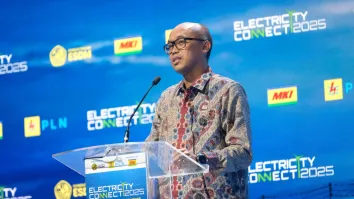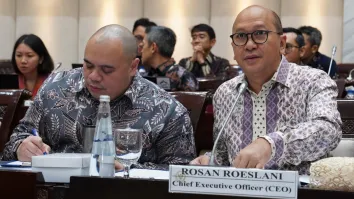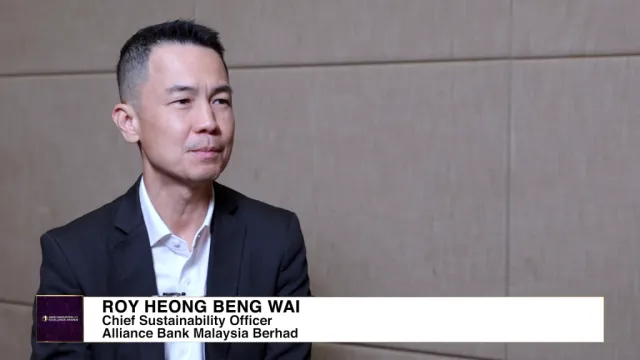
Business partnership as TKDN services: Unlocking Indonesia’s digital future
By Muhammad Purwa ManggalaOnce viewed as an obstacle, TKDN is now poised to become Indonesia’s most strategic industrial policy lever.
Indonesia’s digital economy is not just expanding, it is reshaping Southeast Asia’s competitive landscape. With a market projected to exceed $130b by 2025 and over 355 million mobile subscriptions, Indonesia is emerging as a critical node in the global digital economy.
Yet, beneath this growth lies a bold experiment, TKDN (Tingkat Komponen Dalam Negeri), a local content mandate requiring around 40% domestic sourcing for electronic and telecom products (in case of Apple Indonesia). Once viewed as an obstacle, TKDN is now poised to become Indonesia’s most strategic industrial policy lever.
Recognising the need for a pragmatic shift, President Prabowo Subianto has championed a “realistic and flexible” approach to TKDN. The new direction is clear: fast-track approvals, sector-specific incentives, and strategic partnerships. It tiered incentives tied to deeper localisation, clearer sectoral TKDN targets, especially for 5G, artificial intelligence, digital hardware, and government-industry matching platform to connect foreign capital with capable local partners.
The future belongs to companies that see TKDN not as a compliance burden, but as a gateway into Southeast Asia’s largest digital market.
Turning policy into opportunity: Partnership as TKDN
TKDN is evolving from protectionism to partnership architecture. It rewards companies that embed themselves into Indonesia’s value chain, invest alongside local players, and co-create sustainable growth.
Rather than a rigid mandate, TKDN now acts as a market filter, distinguishing committed investors from opportunistic entrants. Global firms that align early with TKDN strategies will secure regulatory goodwill, faster market access, and a first-mover advantage in a consumer base larger than the US mobile market.
Picture this: a $200m plant for 5G base stations or Internet of Things devices. Too large for a single investor? Yes. But co-invested by an Indonesian telco, enabled by fiscal incentives, and supported by regional financing? Absolutely doable.
If even 20% of this could be localised via small and medium-sized enterprise (SME) participation, it could create over hundred thousand jobs in industrial zones. These businesses may not yet be globally competitive, but through structured partnerships and procurement quotas, they become part of a national upgrading process.
Furthermore, foreign firms involved in TKDN partnership projects with 5% to 20% shareholders from Indonesian companies, should be incentivised to allocate a portion of their capital expenditure, with let’s say 5% to 20%, towards transfer of technology.
The case of Apple’s iPhone ban in 2024 exposed this dynamic. Despite years of market presence, Apple faced TKDN barriers that temporarily blocked new product sales. Only after committing $300m in local facilities and R&D for handphone, tablet, and computers, was access restored.
Had Apple formed an equity-based partnership with a local telco, approximately 5% to 20% ownership in a shared entity, the path could have been smoother, with faster regulatory approval and embedded local trust. This illustrates how TKDN partnerships are not only about compliance, but about expediting investment through institutional collaboration.
Co-investment: The smart playbook for investors
Co-investment might be the strategic shift in response to post-Trump trade realignment, where rising import tariffs and economic nationalism have diminished the viability of pure import-export models. For Indonesia, the answer lies in localising value creation, not just importing devices or exporting raw goods. TKDN provides the policy platform to do exactly that.
For TKDN to realise its full potential, Indonesia must move beyond regulation and build a place for investment enablement. This means aligning the TKDN framework with instruments that actively de-risk and incentivise strategic collaboration.
Tax incentives, one digital gate system, land and utility support, and technology minded should not just support compliance, but they should also reward co-investment and technology transfer. TKDN-aligned joint ventures, particularly those involving local telcos and global partners, should receive prioritised access to these enablers, turning Indonesia’s industrial ambition into a bankable business proposition.
The objective is clear, TKDN should not repel foreign capital, it should embed it. The strategic value lies not in exclusion, but in co-creation. When designed as a partnership platform, TKDN allows Indonesia to win not just infrastructure, but also institutional capacity, ecosystem depth, and long-term competitiveness.
From compliance to co-creation: The strategic payoff of TKDN
These partnerships yield tangible dividends including revenue participation (structuring shared equity models and digital monetisation), talent mobility (embedded technology transfer), and supply chain resilience (Localised production and catalysing SME integration into regional value chains).
In a post-globalisation world marked by realignment, redundancy, and resilience, Indonesia’s edge lies not in scale, but in structure. TKDN can become the architecture of that structure, a framework not of restriction, but of trust and transformation. For investors willing to localise with commitment, the opportunity is not just to enter Indonesia, but to co-build the infrastructure of Southeast Asia’s digital future.
Indonesia is not building walls. It is building bridges of trust. TKDN, if embraced strategically, becomes the infrastructure for resilience, growth, and regional leadership. Tech companies are looking for alternatives to China.
Indonesia should position TKDN not as a hurdle, but as an invitation: “Invest with us, and gain the region.”


















 Advertise
Advertise







